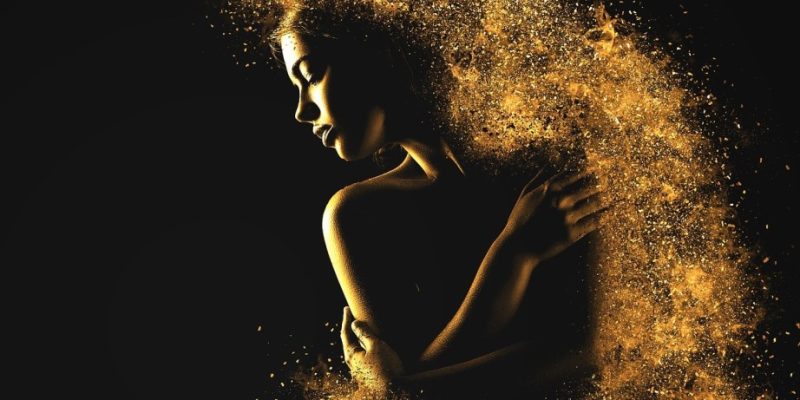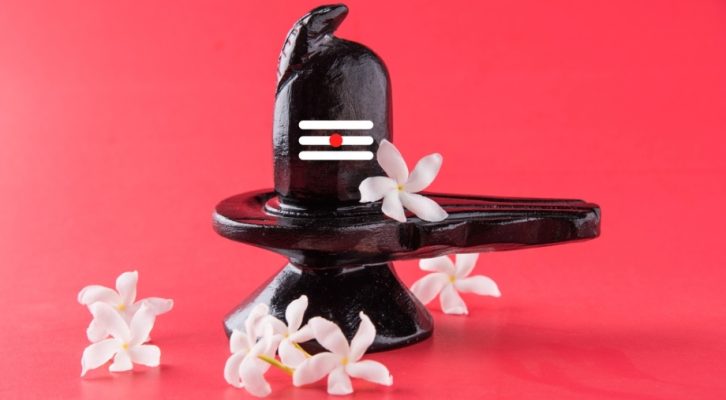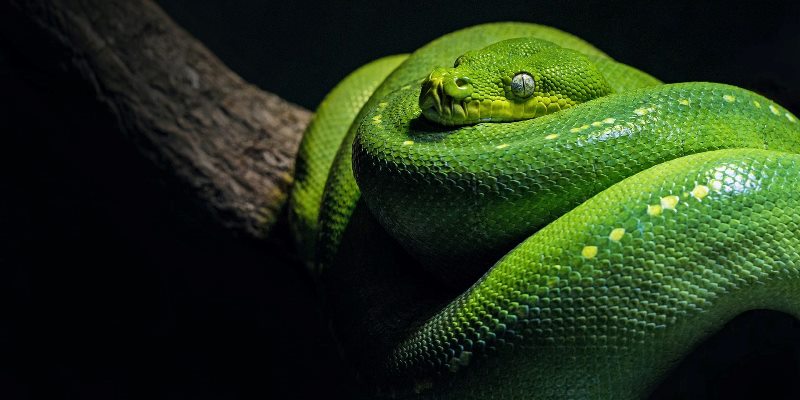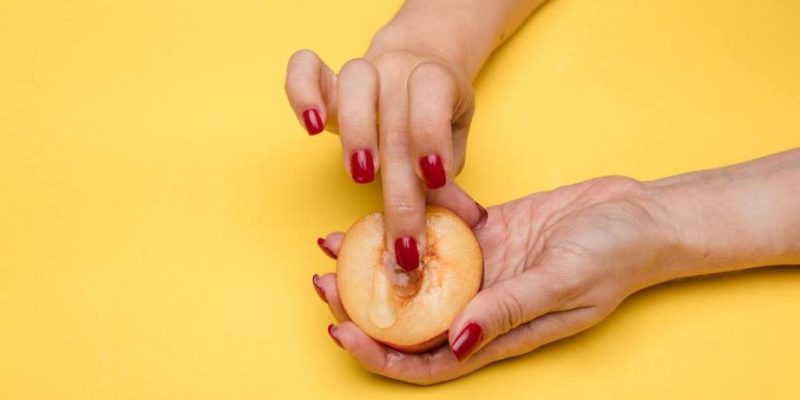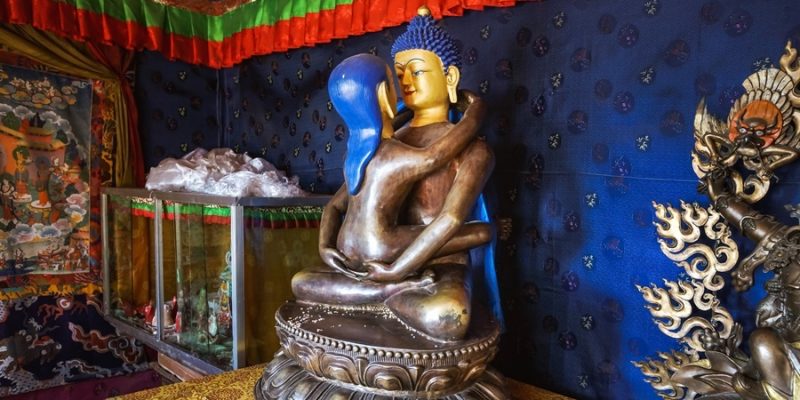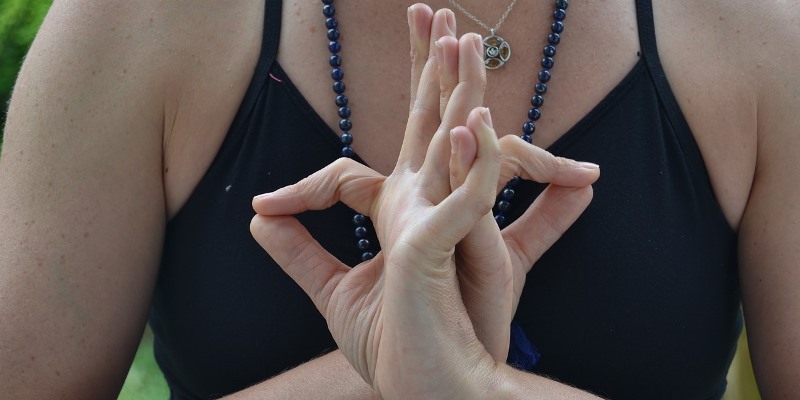
The Yoni Mudra, both in shape and function, has a relationship with the spiritual, dynamic, and creative aspects of Yoni, the aniconic representation of the Indian Goddess Shakti.
Shakti in Hinduism represents the active, dynamic feminine energy as the intrinsic counterpart of the masculine God Shiva who stands for pure being and consciousness. Ideally, in humans, Shiva and Shakti principles and energies are in balance forming a union, simply being two aspects of the same coin.

Mudras are specific forms of Indian Yogic bodywork, or perhaps better said — energy work. Most of those are hand positions, some also combined with body positions and poses, which create a gesture or symbol to help stimulate various forms of energy in the body. They are practiced to bring balance in the body with respect to the major five body elements recognized in India i.e. air, water, fire, earth and space.
The Yoni Mudra form is that of the hands and fingers making a Yoni-like shape. Closing eyes, ears, nose and mouth (with or without the hand and fingers) the practitioner of this Mudra tries to stay out of contact with the outer world, connects deeply with the inner self, and intends to experience a divine state of bliss.
Health benefits ascribed to this Mudra are a calm mind, stimulation of the flow of Prana (Vital Life Energy or Qi) through the body, alleviation of stress and anxiety, mental clarity, and strengthening of the nervous system.
Yoni Mudra is an excellent practice to be combined with meditation. The practice has a close relation to women who are the active creators of life that begins in the womb. The practice of Yoni Mudra honors Shakti energy, strength, and power.








